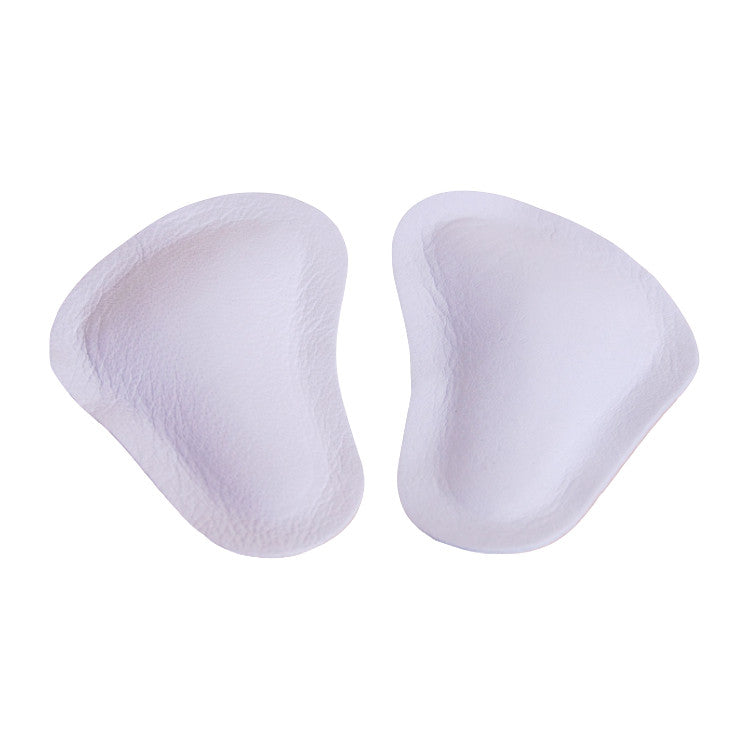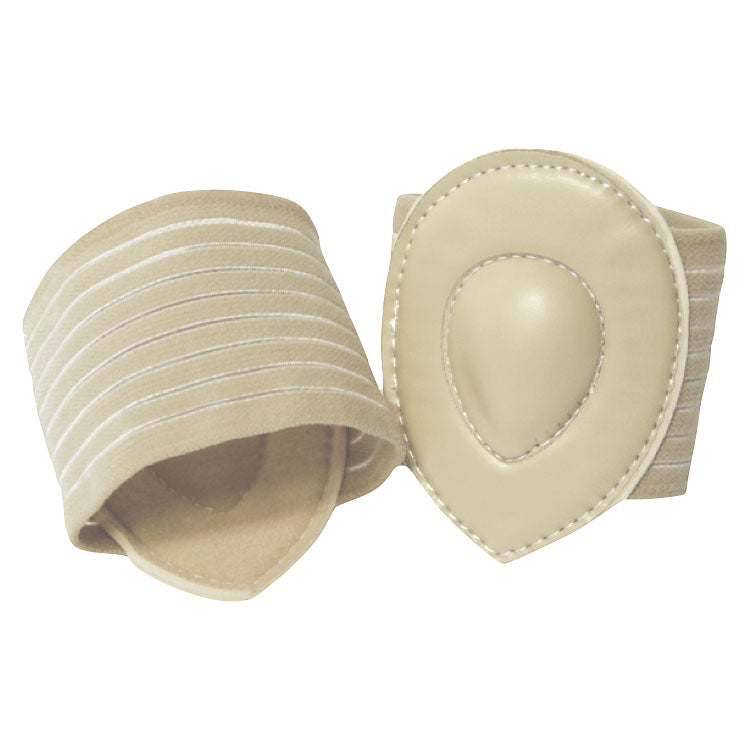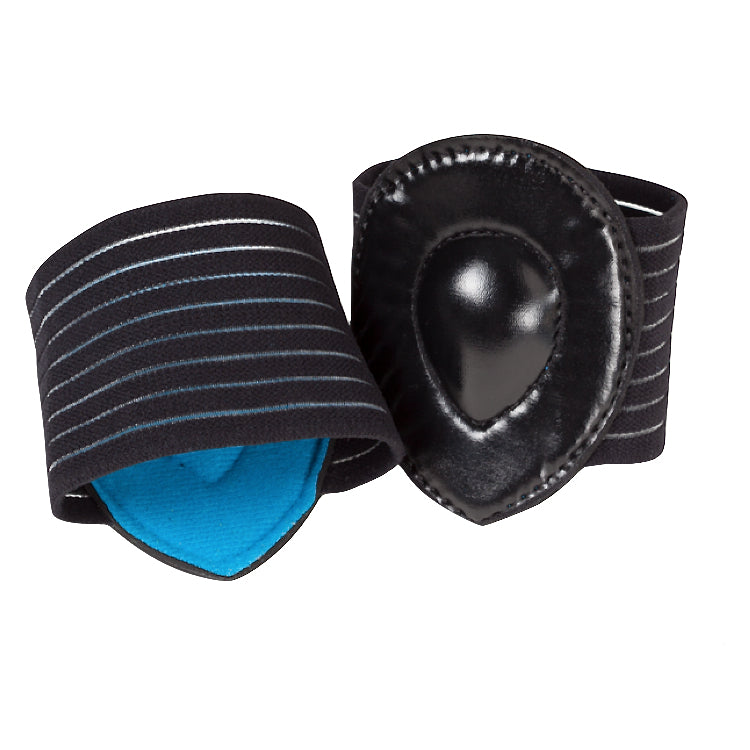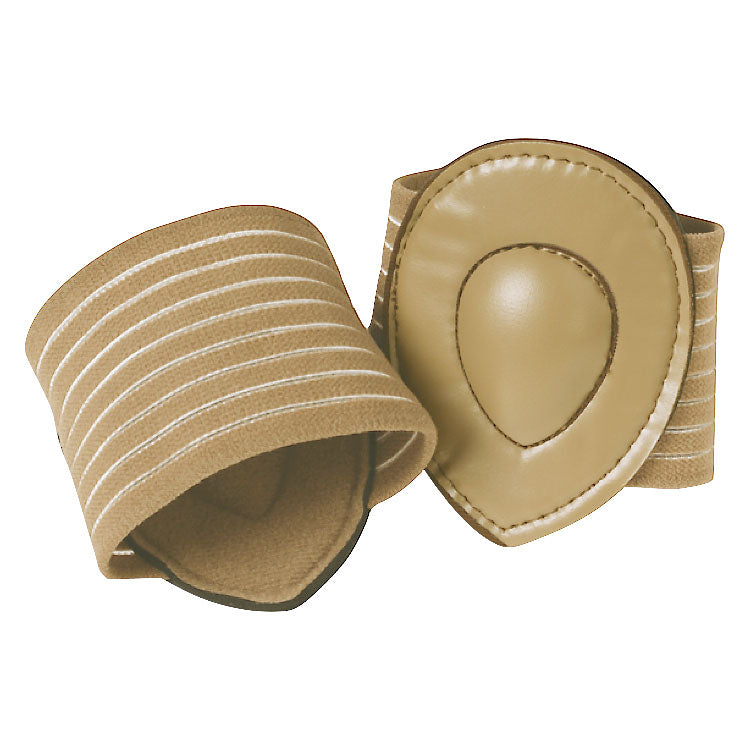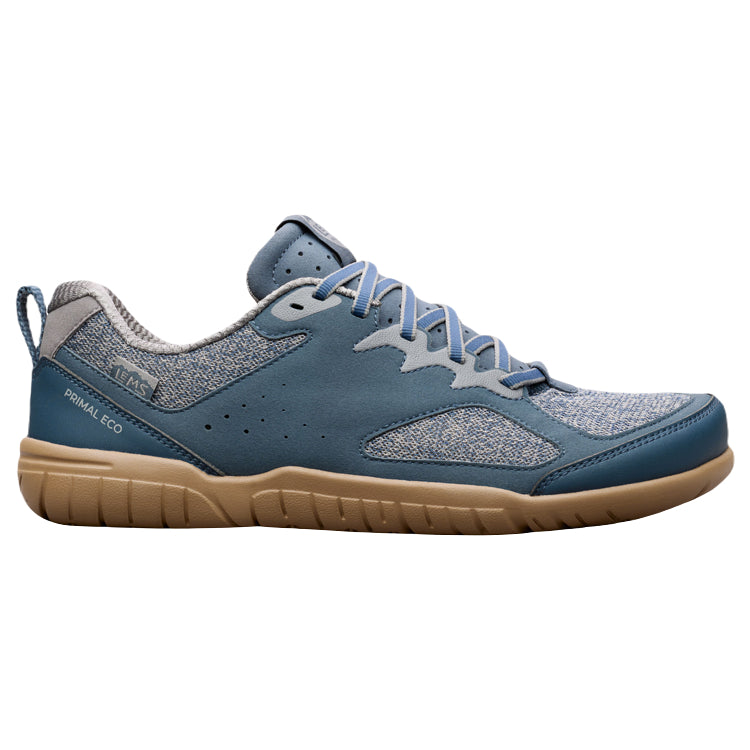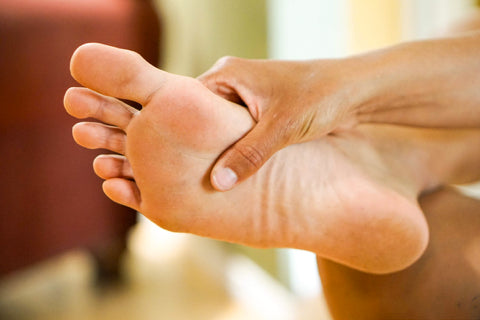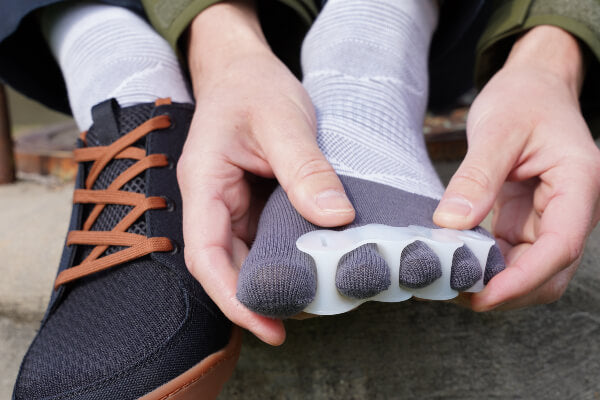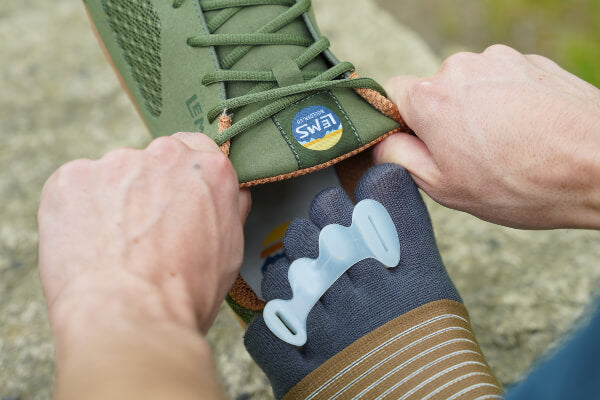
We do indeed have thoughts on this topic! But first, a quick word about flat feet. Flat feet, also known as pes valgus or pes planovalgus, is a health problem in which the foot lacks a normal or discernible arch when weight-bearing. Flat feet may be caused by numerous factors or other health problems, including—but not limited to—tendon injury or illness, neuromuscular conditions (e.g., cerebral palsy), conditions causing extremely flexible soft tissues, and tight Achilles tendons. Advanced age, excessive body weight, traumatic foot or ankle injuries, and rheumatoid arthritis are a few factors that may increase a person’s risk of developing flat feet.
For many people, though, flat feet—a problem that occurs when the tendons binding the foot together become loose—is the result of the prolonged use of conventional footwear, which strips the foot of its inherent power and results in under-activated foot and lower leg muscles. As a result, the foot may lose some or all of its loft, leading to the appearance of a flat foot and a variety of possible resultant musculoskeletal problems. Conventional care for flat feet usually involves an orthotic device (custom or otherwise) to prop up the arch, whereas a natural, conservative approach involves using Correct Toes and men's or women's footwear that's completely flat from heel to toe and is widest at the ends of the toes to allow the foot arch to function optimally (by recruiting the foot's natural suspension system).
Though metatarsal pads are helpful for improving foot health in a variety of ways, they are often best for addressing ball-of-foot problems such as capsulitis, sesamoiditis, and neuromas, or for treating toe problems such as hammertoes or other crooked toes. Because of their relatively soft and compressible nature, they will not rigidly hold the arch aloft, which, in our opinion and experience, is not, in the vast majority of cases, helpful or desirable anyhow. This attempt to dictate foot position and function is what conventional arch orthotics seek to do, and we feel that, in most cases, this actually does a major disservice to the foot, keeping it in a weakened and compromised state. All this to say, then, that there is a big difference between metatarsal pads and custom arch orthotics and that, while metatarsal pads can be helpful for a number of reasons, neither the pads alone nor the orthotics are likely to fully resolve or correct flat feet.
Should you wish to learn more about the condition of flat feet, we recommend checking out our blog post entitled Flat Feet: Conventional vs. Natural Approaches. And, if you have any follow-up questions about the above, please don't hesitate to reach out to us via our website's contact form.

WANT TO IMPROVE YOUR FOOT HEALTH?
Let the team at Natural Footgear help you! Subscribe to our newsletter for the latest offers and helpful info, and sign up for our FREE email courses on various topics and foot health conditions.
Sign Up →
Want to Improve Your Foot Health?
We are here to help you every step of the way. Get our newsletter for the latest offers and helpful info, and sign up for our FREE email courses on various topics and conditions, including bunions, hammertoes, neuromas, plantar fasciosis, shin splints, ingrown toenails, and more.
Sign Up →
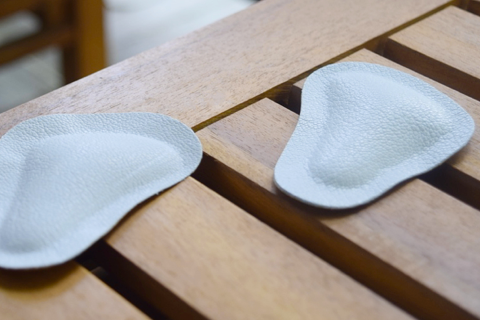 Metatarsal pads may be small and unobtrusive, but they are mighty when it comes to aiding the foot and addressing a variety of foot ills. The forefoot fat pad—a natural structure in all feet—is intended to sit underneath the ball of the foot and cushion and cradle the metatarsal heads at the point where they contact the ground. Wearing conventional shoes (i.e., shoes with elevated heels, tapering toe boxes, toe...
Read more
Metatarsal pads may be small and unobtrusive, but they are mighty when it comes to aiding the foot and addressing a variety of foot ills. The forefoot fat pad—a natural structure in all feet—is intended to sit underneath the ball of the foot and cushion and cradle the metatarsal heads at the point where they contact the ground. Wearing conventional shoes (i.e., shoes with elevated heels, tapering toe boxes, toe...
Read more



